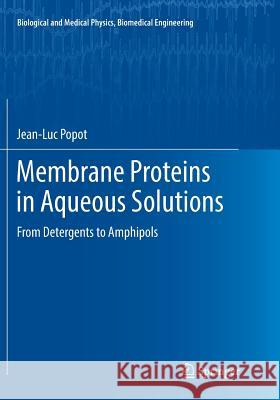Membrane Proteins in Aqueous Solutions: From Detergents to Amphipols » książka
topmenu
Membrane Proteins in Aqueous Solutions: From Detergents to Amphipols
ISBN-13: 9783030103248 / Angielski / Miękka / 2019 / 708 str.
Membrane Proteins in Aqueous Solutions: From Detergents to Amphipols
ISBN-13: 9783030103248 / Angielski / Miękka / 2019 / 708 str.
cena 665,76 zł
(netto: 634,06 VAT: 5%)
Najniższa cena z 30 dni: 636,13 zł
(netto: 634,06 VAT: 5%)
Najniższa cena z 30 dni: 636,13 zł
Termin realizacji zamówienia:
ok. 22 dni roboczych
Bez gwarancji dostawy przed świętami
ok. 22 dni roboczych
Bez gwarancji dostawy przed świętami
Darmowa dostawa!
Kategorie:
Wydawca:
Springer
Seria wydawnicza:
Język:
Angielski
ISBN-13:
9783030103248
Rok wydania:
2019
Wydanie:
Softcover Repri
Numer serii:
000380462
Ilość stron:
708
Waga:
1.25 kg
Wymiary:
25.4 x 17.78 x 3.73
Oprawa:
Miękka
Wolumenów:
01
Dodatkowe informacje:
Glosariusz/słownik
Wydanie ilustrowane
Wydanie ilustrowane











